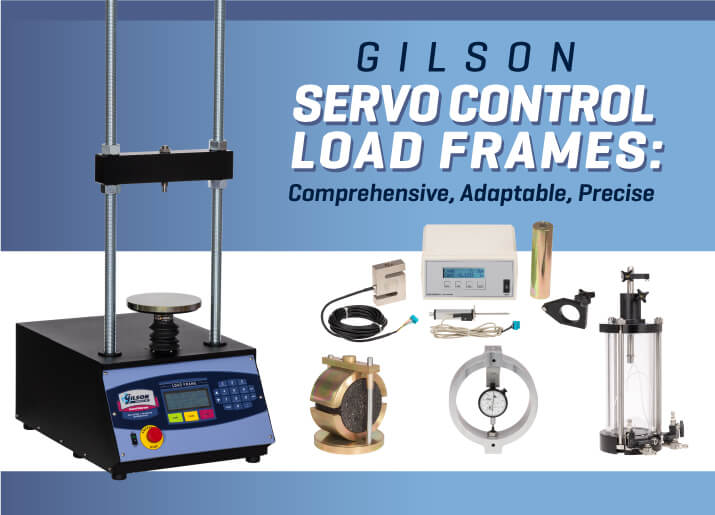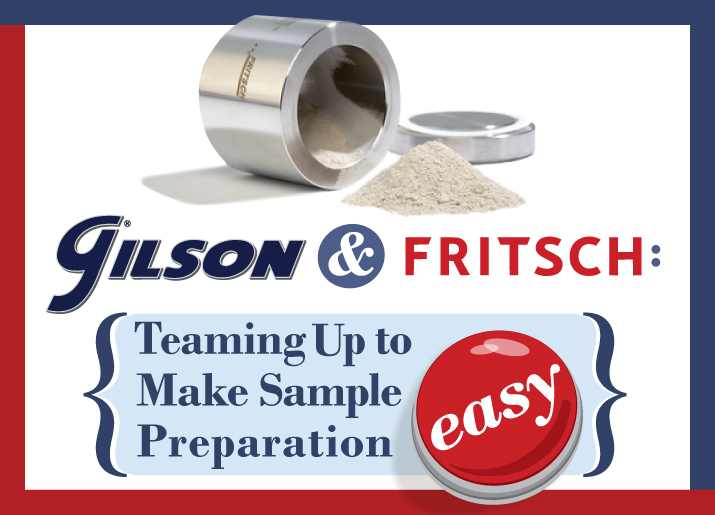 Gilson proudly offers a variety of Fritsch laboratory equipment for particle size reduction. Read this blog to learn about the Fritsch products available and how to choose the right instrument for your sample preparation needs.
Gilson proudly offers a variety of Fritsch laboratory equipment for particle size reduction. Read this blog to learn about the Fritsch products available and how to choose the right instrument for your sample preparation needs.
- Log in
- Favorites List
-
Shopping Cart
You have no items in your shopping cart.
Gilson Insights
Have questions about your materials testing equipment? We have the answers to these questions and much more right here! Check back monthly for long-form blog posts, how-to guides and infographics. We’ll address industry insights, the operation and maintenance of specific equipment, and our product line recommendations, all designed to better serve you.
Bookmark this page, add it to your RSS reader, or subscribe to our newsletter, so you never miss a hot topic.
 Gilson proudly offers a variety of Fritsch laboratory equipment for particle size reduction. Read this blog to learn about the Fritsch products available and how to choose the right instrument for your sample preparation needs.
Gilson proudly offers a variety of Fritsch laboratory equipment for particle size reduction. Read this blog to learn about the Fritsch products available and how to choose the right instrument for your sample preparation needs.
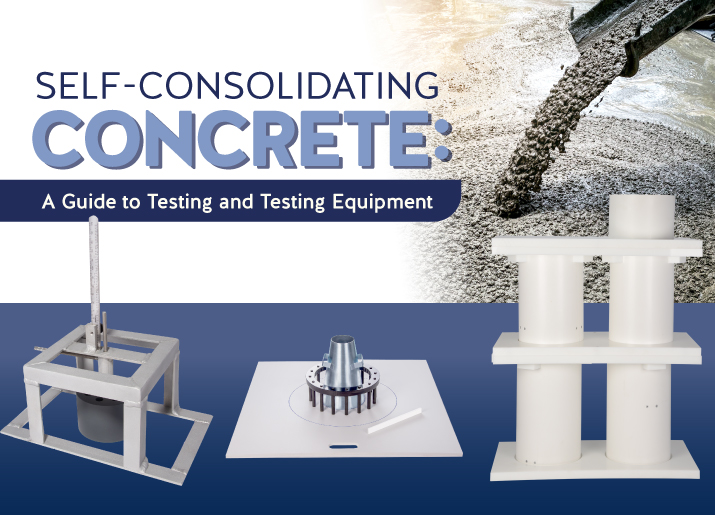 Self-consolidating concrete (SCC) is fresh concrete that does not require vibration in order to consolidate. In this blog, we discuss the tests commonly performed on SCC and the type of equipment used.
Self-consolidating concrete (SCC) is fresh concrete that does not require vibration in order to consolidate. In this blog, we discuss the tests commonly performed on SCC and the type of equipment used.
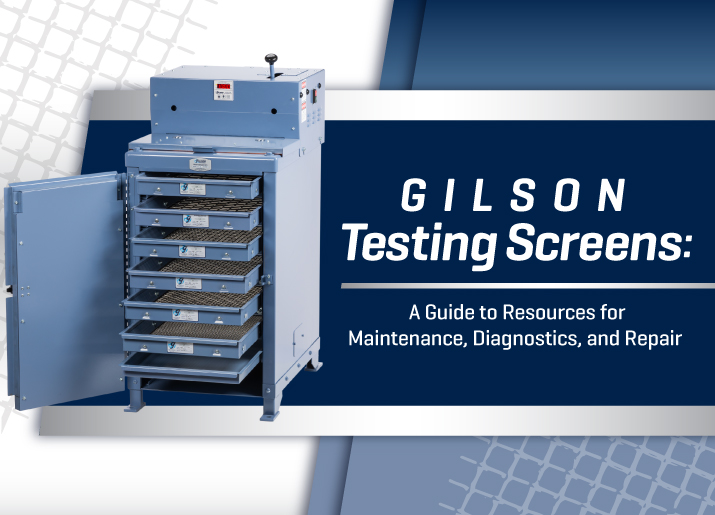
Performing regular maintenance on your Gilson Testing Screen will ensure its longevity and optimum performance. In our latest blog, we share maintenance and repair tips to maximize the service life of your device.

Internally Cured Concrete (ICC) effectively ensures that cementious materials have appropriate access to moisture to enhance concrete durability. Learn more about this technique and its importance for construction materials testing labs.
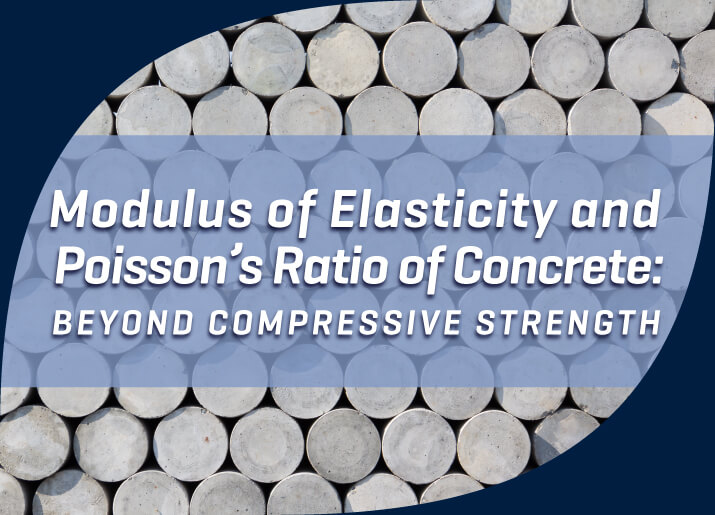
Modulus of Elasticity (MOE) and Poisson's Ratio are concrete compressive strength tests that can be performed using an Automatic Concrete Compression Machine. Learn how these tests are performed in our latest blog.
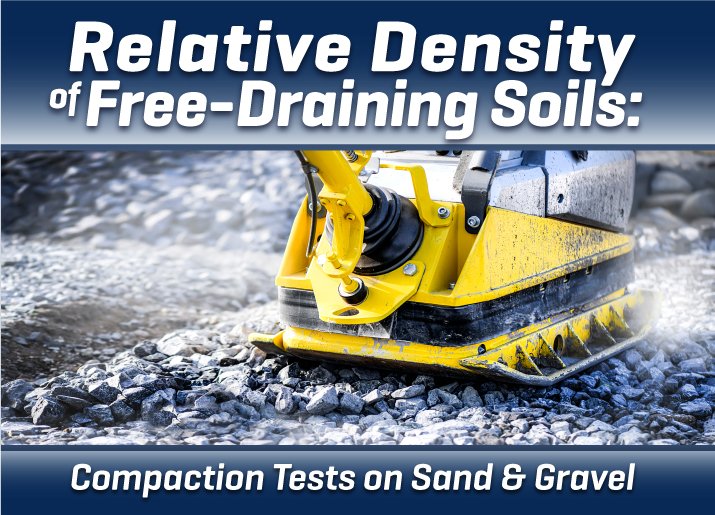
Field density tests determine the degree of soil compaction, which is used to estimate strength and stability. Read our blog to learn about soil characteristics and how relative density of soil is calculated.

Gilson Guardian makes it possible to track concrete specimens from curing through completion. Learn how one program can enhance your lab's concrete testing programs.
Knowing how to determine stress versus strain is central to almost any strength assessment performed in a construction materials testing lab. In this blog, we explore the various the test methods and instruments available for measuring load and displacement.
The right Concrete Compression Testing Machine will shape the overall success of your concrete testing. In this guide, we explain the different machines available and how to determine the best option for your lab.
Laboratory load frames perform multiple test methods on a variety of soil, asphalt, and cement materials simply by changing prescribed components used for load and distance measurements. This blog post introduces Gilson’s innovative Servo Control Load Frames and explores important considerations for selection of a suitable load frame and testing components for your applications.
- 2025
- 2024
- 2023
- 2022
- 2021
- 2020
- 2019
- 2018
- 2017
- 2016
- 2015


















